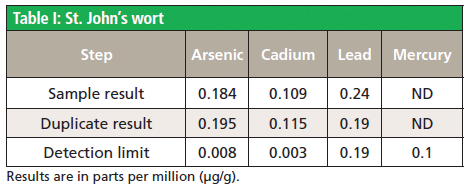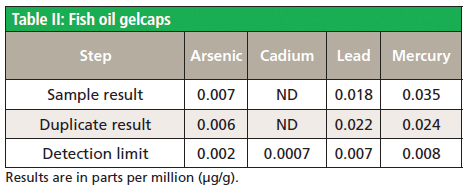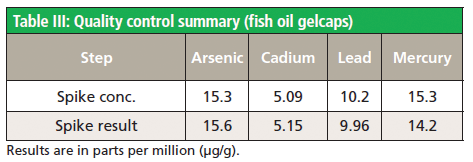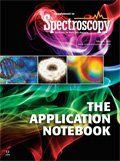Single Reaction Chamber Microwave Digestion for Pharmaceutical Samples in Accordance with USP Chapters and
Application Notebook
The United States Pharmacopeia (USP) is in the process of developing new USP chapters and for the measurement of inorganic contaminants in pharmaceutical samples. While samples can be dissolved in aqueous or organic solvents, the large majority will require digestion, and closed vessel microwave digestion is stipulated by USP. Single reaction chamber (SRC) microwave digestion is a new type of closed vessel digestion that was developed by Milestone and offers many advantages over closed vessel digestion-particularly for pharmaceutical sample types.
Single reaction chamber microwave digestion offers significant benefits over traditional microwave digestion for pharmaceutical samples: higher sample throughput, reduced labor and consumables costs, simplified workflow, and superior digestion quality.
The United States Pharmacopeia (USP) is in the process of developing new USP chapters <232> and <233> for the measurement of inorganic contaminants in pharmaceutical samples. While samples can be dissolved in aqueous or organic solvents, the large majority will require digestion, and closed vessel microwave digestion is stipulated by USP. Single reaction chamber (SRC) microwave digestion is a new type of closed vessel digestion that was developed by Milestone and offers many advantages over closed vessel digestion-particularly for pharmaceutical sample types.
Instrumentation
The Milestone UltraWAVE can digest up to 15 samples simultaneously, at up to 300 °C and 199 bar pressure. The high temperature and pressure capabilities enable the complete digestion of virtually every sample type. Samples are weighed into vials and placed in the chamber: any combination of sample types can be digested together-greatly simplifying the sample prep workflow. Raw materials, excipients, API, and final product can all be digested together in the same run. The Milestone UltraWAVE uses disposable glass vials, eliminating vessel assembly/disassembly and vessel cleaning, which significantly reduces labor and consumables costs. Most pharmaceutical sample types have high organic content, including oils and fats that are difficult to digest and generate CO2, which increases pressure in the reaction vessel. The high pressure capability of the UltraWAVE enables it to digest entire fish oil gelcaps-not possible with traditional closed vessel microwave.

Table I: St. John's wort
The UltraWAVE can digest samples in as little as 3 mL acid, which minimizes reagent blank levels-important since ICP-MS will be used predominantly for USP <232> and <233> when implemented.

Table II: Fish oil gelcaps
The SRC chamber is pre-pressurized with N2 prior to the start of the run. This prevents sample boiling, eliminating cross-contamination and loss of volatiles.

Table III: Quality control summary (fish oil gelcaps)
Due to the UltraWAVE's higher sample capacity, use of disposable vials, and faster cool down time, sample throughput is 2–3× higher than closed vessel digestion. Its lower consumables costs, simple operation, and superior digestion quality also make the Milestone UltraWAVE the perfect choice for pharmaceutical sample prep.
Results
The data above shows excellent DLs and recovery-even for the volatile element mercury-no cross-contamination with the UltraWAVE.

Milestone, Inc.
25 Controls Drive, Shelton, CT 06484
tel. (866) 995-5100, fax (203) 925-4241
Website: www.milestonesci.com

LIBS Illuminates the Hidden Health Risks of Indoor Welding and Soldering
April 23rd 2025A new dual-spectroscopy approach reveals real-time pollution threats in indoor workspaces. Chinese researchers have pioneered the use of laser-induced breakdown spectroscopy (LIBS) and aerosol mass spectrometry to uncover and monitor harmful heavy metal and dust emissions from soldering and welding in real-time. These complementary tools offer a fast, accurate means to evaluate air quality threats in industrial and indoor environments—where people spend most of their time.
Atomic Perspectives: Highlights from Recent Columns
March 3rd 2025“Atomic Perspectives,” provides tutorials and updates on new analytical atomic spectroscopy techniques in a broad range of applications, including environmental analysis, food and beverage analysis, and space exploration, to name a few. Here, we present a compilation of some of the most popular columns.